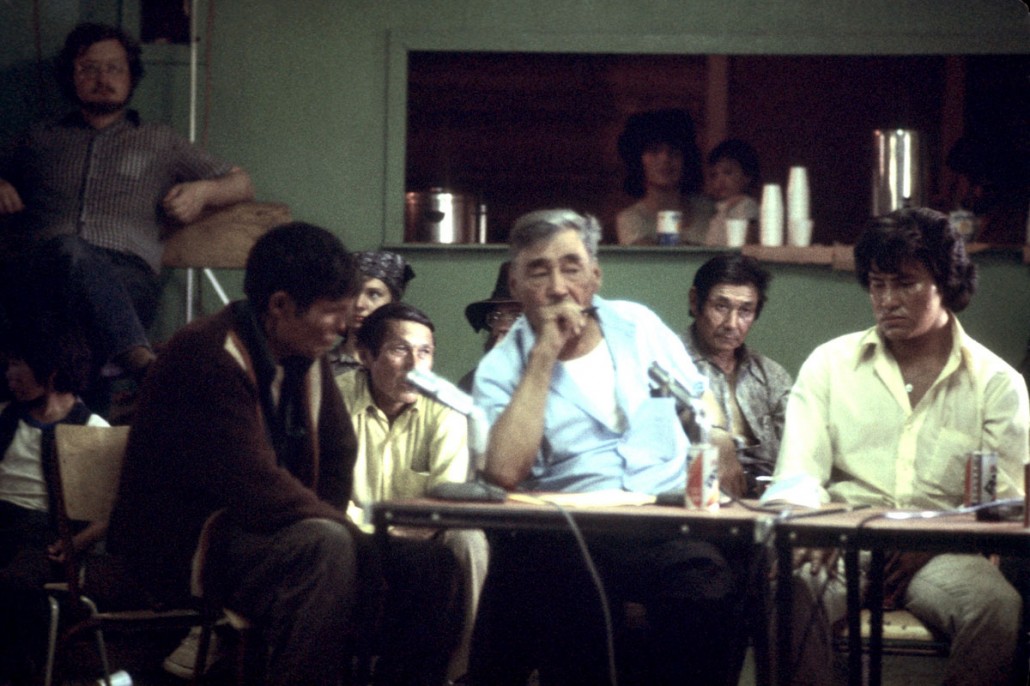The presentation by Dr Sinead Earley gave me a new view on the history of my home, detailing a major even in its history. She spoke to the construction of the Canol Trail, some of its ongoing effects, and her journey through the landscape it marked. Her presentation struggled to find the proper scope to explain the events and their context. Given the impact of the project on the north, this is easy to understand.
The last couple years of the second world war the Canol Trail was pushed through to open up alternate oil and gas reserves for the allied forces. The high expense of operating in the Sahtu region coupled with more available resources elsewhere and the end of the war caused the Canol pipeline to close for good, after running for just over a year. Northern roads are subject to the ravages of permafrost, and it wasn’t long before the road was unusable for motorized vehicles.
Presently, the Canol Trail is a rough journey possible only on foot, or if you’re adventurous, bike. Dr Sinead Earley and her group of friends completed a journey down the Canol Trail going from west to east by bicycle. Give the chance I’d follow them down this same route in a heartbeat. It’s supposed to be a wonderful trip with lots to see and do, but with perhaps a tad too many grizzly bears.
Dr Sinead Earley detailed the effects of the road on the landscape, and some of the impacts on the local aboriginal communities. The broader social fabric of the north was changed by the project, and would continue to feel the impacts of the Canol pipeline for generations. An influx of white settler colonists bent on becoming part of the oil and gas industry in the Sahtu region came soon after this project. Many people in the north are descendants of the boom this industry brought, myself included. A more complete picture of the continued ramifications of the canol trail on the north would include some accounting of the changed demographics in the north. As well, the Berger inquiry was a direct result of this new industry in the north, which was a key turning point in Aboriginal-Canadian relations. I imagine that it is quite difficult to find the proper scope when trying to understand these complex historical events as well as when trying to understand their lasting impact.
Of particular interest to me were the sources that Dr Sinead Earley referenced. Books written by John Sandlos in particular seemed fascinating, giving an opportunity to look at the impacts of industry on the history of the north. My own research deals with the impact on a social value (caribou) by an industrial interest (diamond mines). Understanding the context in which my project lies won’t necessarily help my project directly. However, it may give me the needed context to understand the dynamics that I am working within and helping to shape. What is my project’s scope?


Recent Comments